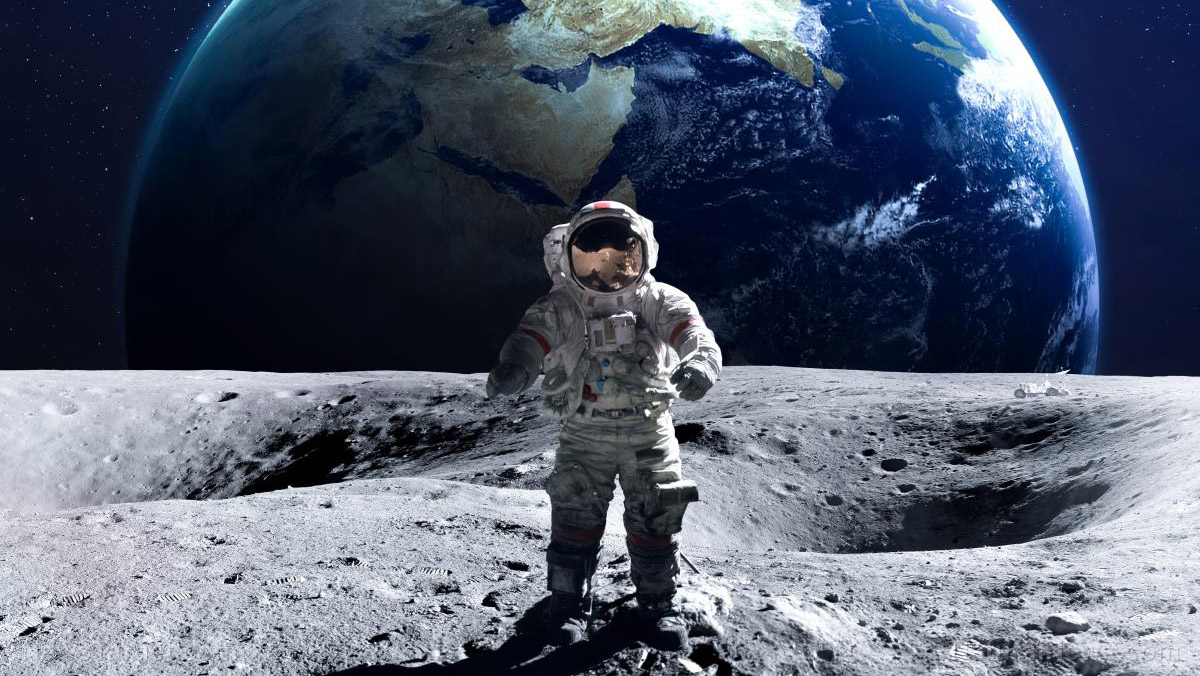Since the Tower of Babel, people have dreamed of building a skyscraper that ascended into the heavens. It turns out, the Tower of Babel may soon be made a reality. The Canadian space company Thoth Technology Inc. has been granted a patent for a space elevator in the United States.
The original idea for a space tower consisted of a 22,000 mile-cable that would extend from the earth up into geosynchronous orbit. The orbit is the Goldilocks zone for satellites, where they can match the orbit of the Earth. In theory, the space elevator could be powered by electricity rather than explosive chemicals, which are used by rockets. The problem is that no material exists that is strong enough to prevent the tower from collapsing under its own weight. For this reason, engineers have regarded space towers as a wonderful piece of science fiction.(1)
Science fiction meets reality
The new space elevator proposed by Thoth Technology is able to sidestep problems of the original space elevator concept. Rather than ascend 22,000 miles high, the space tower would stretch 12 miles above the Earth, which is still 20 times taller than the world’s highest structures. “Astronauts would ascend to 20 km by electrical elevator. From the top of the tower, space planes will launch in a single stage to orbit, returning to the top of the tower for refueling and reflight,” said inventor of the tower, Dr. Brendan Quine.(1,2)
The space elevator would cut the costs of traditional space flight by nearly one-third. By launching cargo from the top of the space elevator, space shuttles wouldn’t have to carry as much fuel to get off the ground. The space elevator would therefore be a more efficient and cheaper way to send rockets and equipment into space.(1)
In addition, unlike the traditional space elevator idea, this concept, dubbed the “ThothX Tower,” would be inflatable. Standing only 12 miles high, this space elevator would not produce enough centrifugal froce to stay straight. Therefore, the space elevator would be comprised of several Kevlar rings that would be blown up, similar to the inflatable sky dancers seen at car lots. In order to keep the tower stable, it would consist of “a harmonic control strategy to control and adjust the orientation of the building in order to counter external forces, such as hurricanes,” said Thoth Technology CEO Dr. Caroline Roberts.(3)
Space elevator on the horizon
While the space elevator is still in its preliminary stages, a prototype almost a mile in height could be here in as short as five years. Furthermore, Thoth Technology believes that the space elevator could cost as little as $5 billion and reach the 12-mile mark within a decade. While $5 billion may sounds like a lot of money, it’s a fraction of the cost it took to build the International Space Station.(4)
The space elevator wouldn’t be reserved only for astronauts — it could also be made into a major tourist attraction. People would be able to ascend to the top of the tower and view the curvature of the earth. In other words, a space elevator isn’t just on the horizon; it would quite literally overlook the horizon. Ascending to the top of the tower would make space travel more like taking a passenger jet. In addition, the tower could also be used for scientific research, communications and as a source of energy.
The space elevator has received a flurry of attention from both engineers and the media. For quite some time, American interest in space travel has waned. For a fraction of the cost of traditional cosmic exploration, a renewed interest in space travel is beginning to take flight.
Sources include:
(1) Telegraph.co.uk
(2) ThothX.com
(3) DailyDot.com
(4) ExtremeTech.com
















